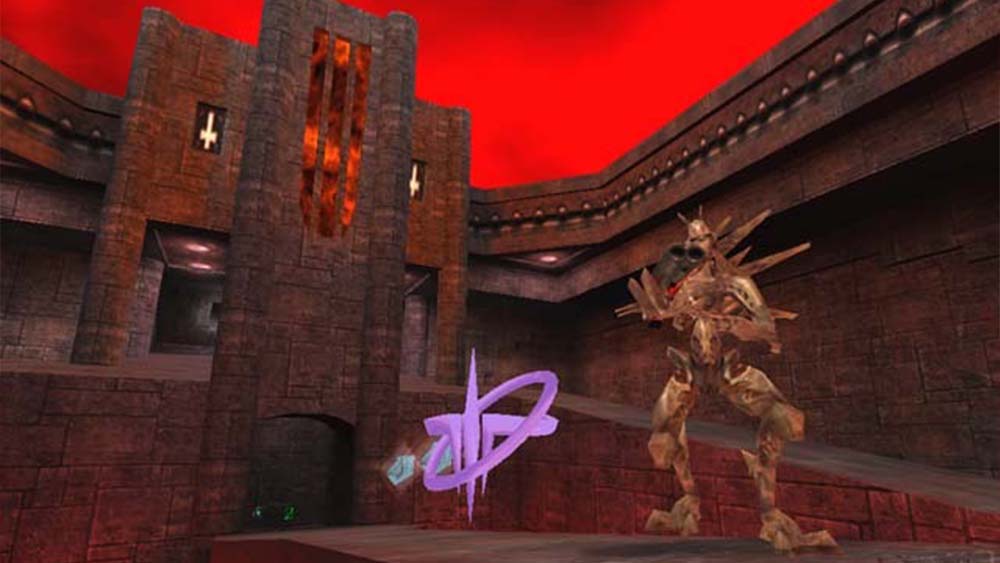11 amazing concept tips for client work
Expert advice for generating character concepts.
Character design is a complicated subject because each job is going to have unique requirements. You could be working in different fields such as animation, video games or even advertising, while tackling a mascot, a recurrent hero or a one-off villain. Whatever the product, the project, the budget, the allotted time and the team setup, you’ll have to produce something brand new.
Yet the main goal is still the same: to create a unforgettable character. People can like your design, sometimes they’ll hate it, but it has to be memorable. There’s not magic wand as such – you’ll have to develop an approach for creating a unique character and to deal with all the constraints of the production. Here’s my list of a few tricks you can use to produce winning character designs.
For more inspiration and tips, check out our guide to character design.
01. Figure out the design’s purpose
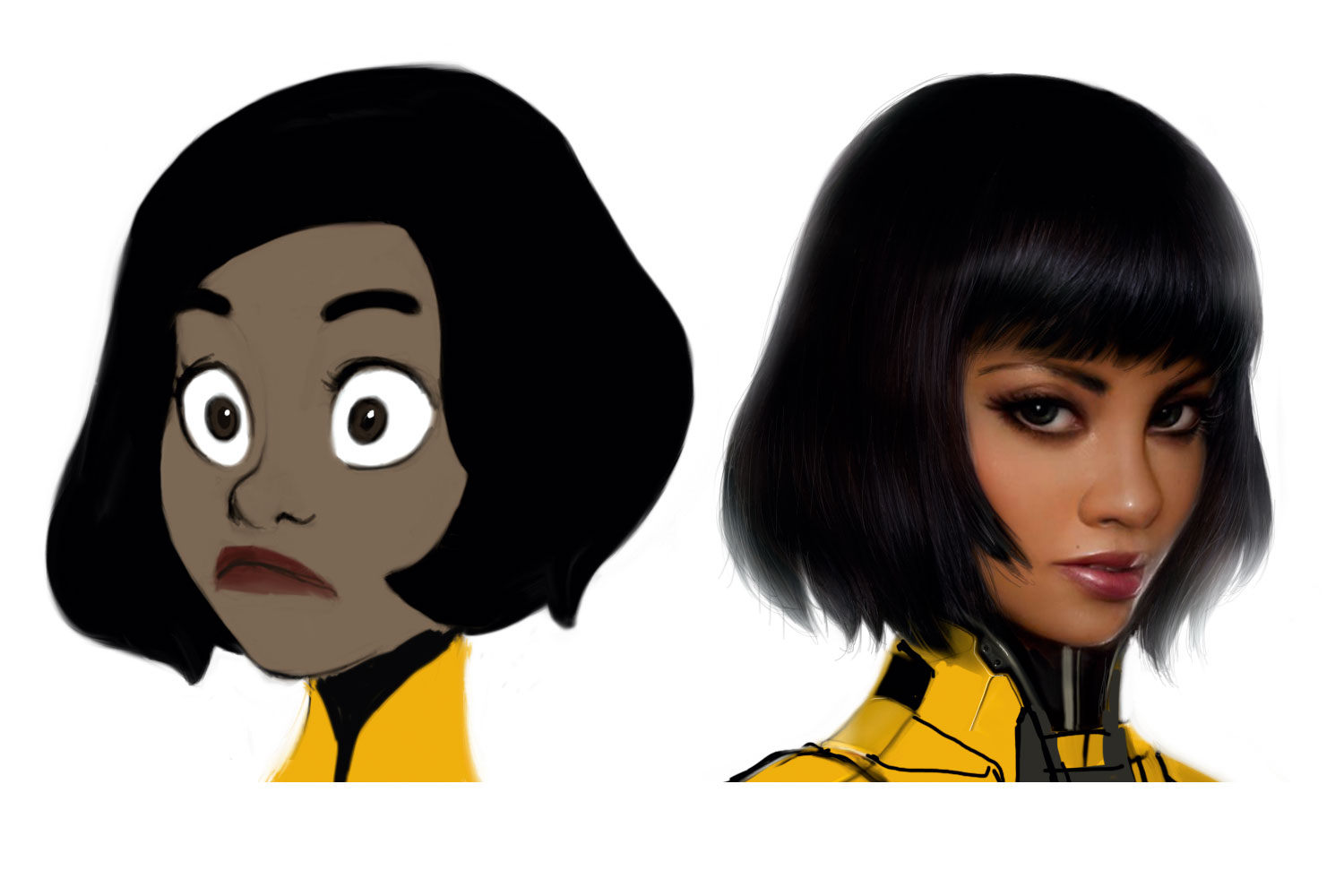
You don’t create characters in the same way as you would for illustrations, 2D or 3D animations, or video games. The constraints aren’t the same and you’ll need to adapt your ideas depending on the final product. Sometimes your client, because of their NDA, gives you the least amount of detail possible. Yet you’ll need all the art direction you can get, so if your brief is lacking, speak up. And just like a personal project, think about the goal of the design.
02. Know your client
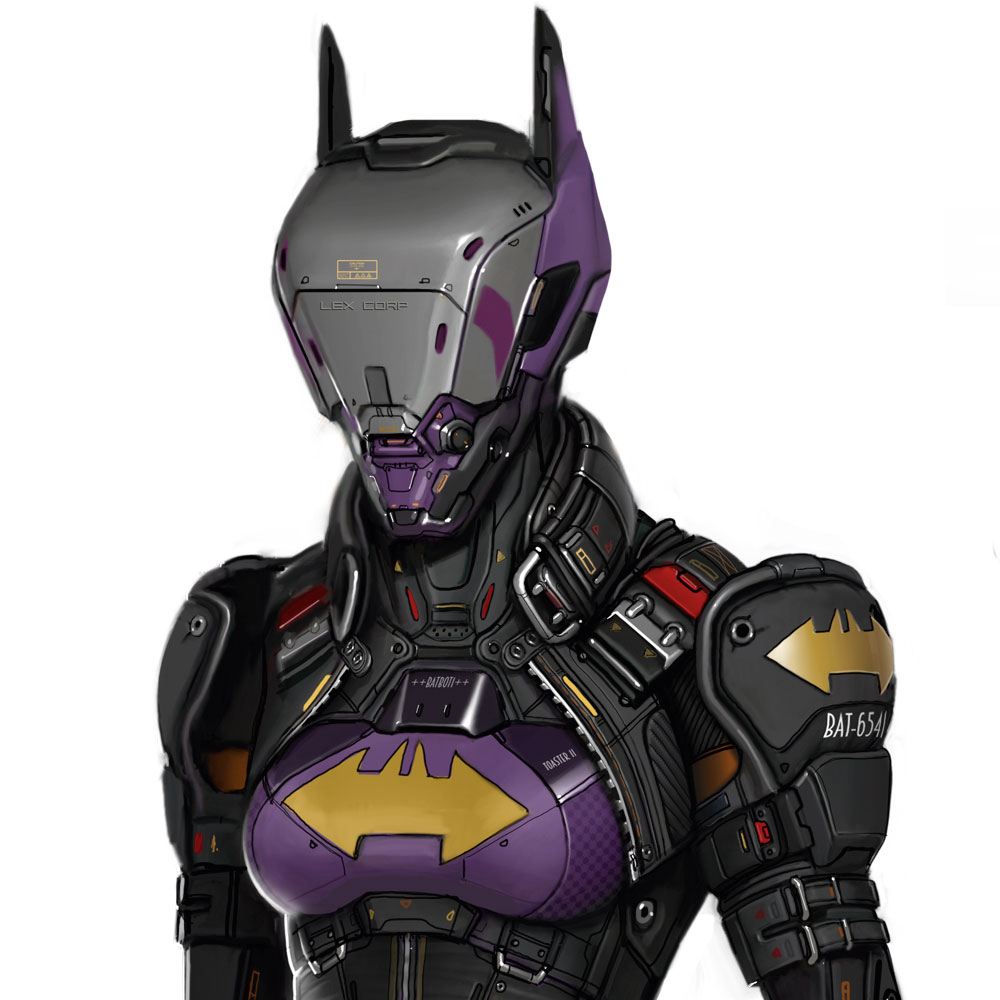
This is the tricky bit. When you know your job, it’s easy to produce good character design. But bear in mind that you’re working for other people. They have their own taste and, well, sometimes this can be bad. It’s your job to guide them towards something good, or at least acceptable. If they don’t listen to you, you have to choose between money and integrity. You don’t have to feel bad about delivering awful design if your client asked for it, you’re not responsible for the incompetence of those people. Just ask to not be credited on the project...
Think about the practicalities of your design. Can the studio afford to employ modellers who will turn your concept into reality? Perhaps your client doesn’t have the budget to animate an octopus with 800 tentacles? The 3D modellers will probably need billions of polygons to make these creatures, but if it’s for a mobile game then this is probably overkill. Even if your client doesn’t reveal its resource limitations, it’s important to consider this factor during your work and speak up if you don’t think something is achievable.
03. Ask for a brief
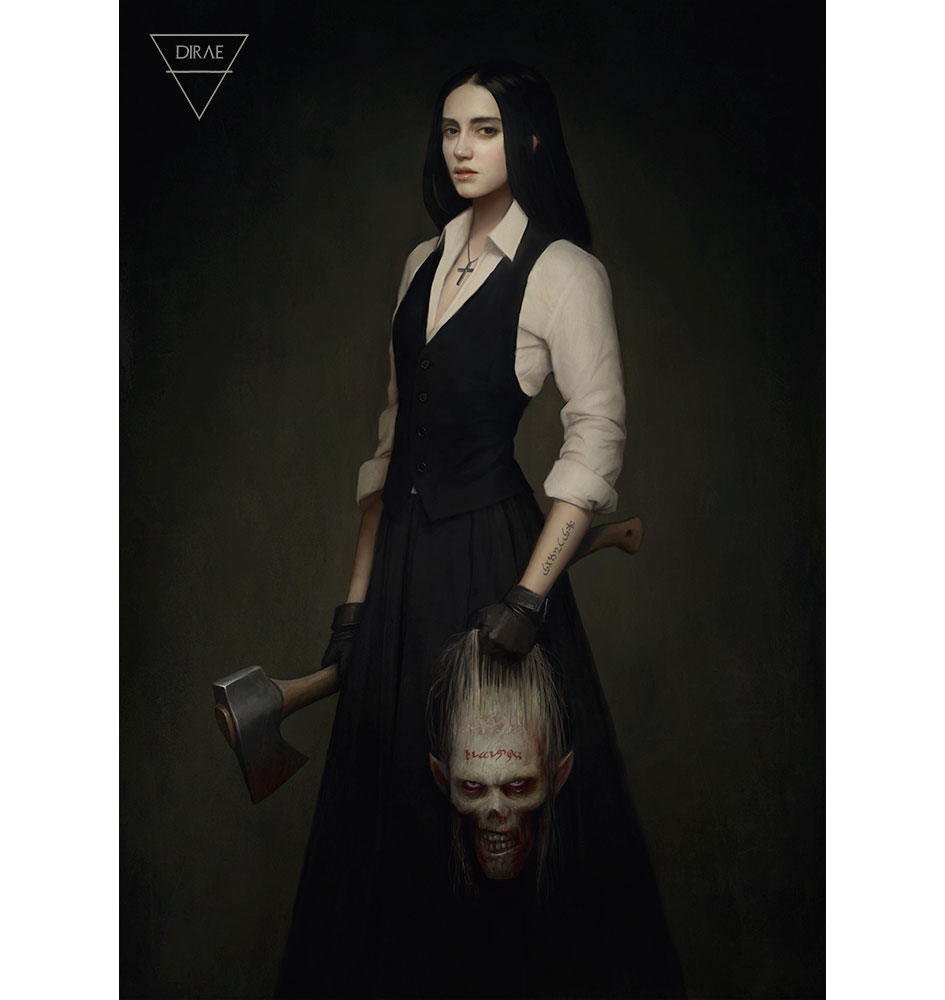
To produce your best results, you need to know a little bit about the project: its overall mood and atmosphere, or whether it’s for children or adults. Is it low-key or relentlessly upbeat? Colourful, or black and white? Essentially, you need some art direction. This might sound like a given, but believe me, it’s not! Most of the projects you’ll work on will be in their exploratory phase, which means your client doesn’t know what they want. If nobody can give you at least few guidelines about the project, walk away. Remember: your character has to work in someone else’s universe.
Get the Creative Bloq Newsletter
Daily design news, reviews, how-tos and more, as picked by the editors.
04. Push against stereotypes
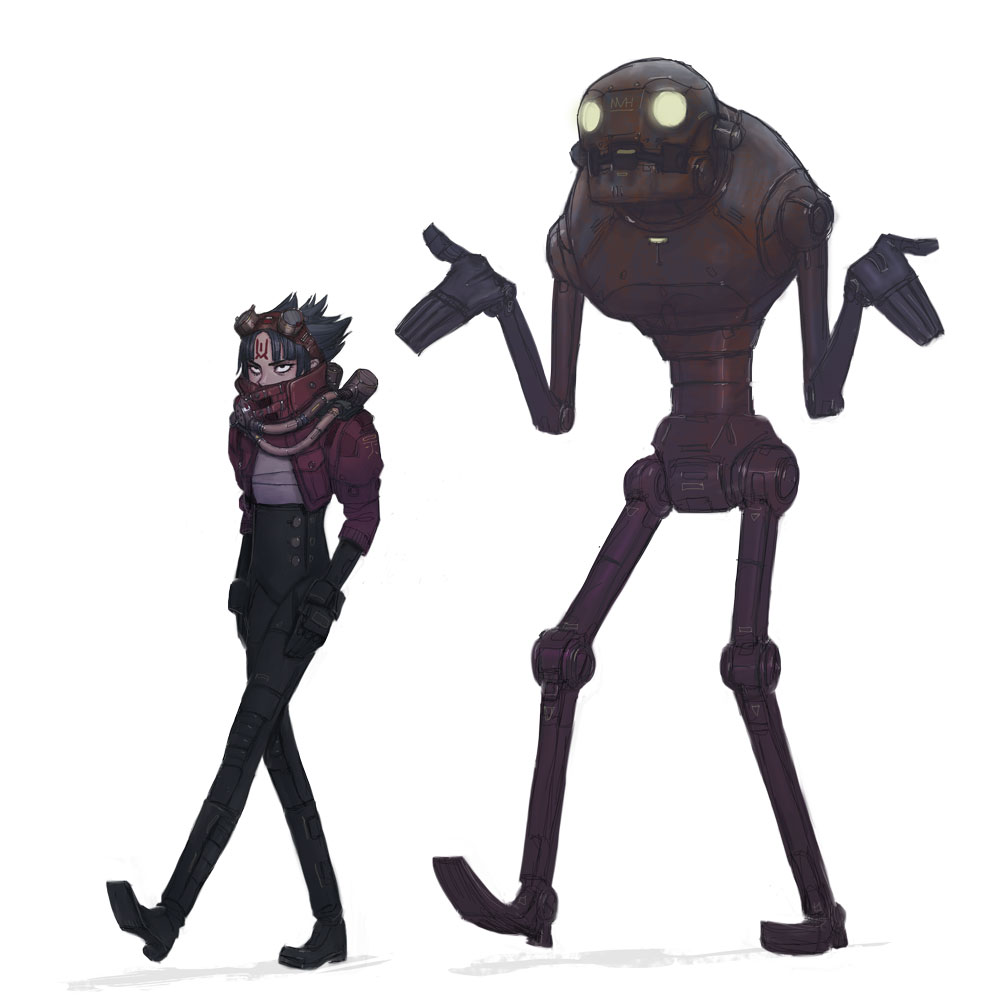
When you know a little bit more about the character, such as their personality, job and background, certain visual stereotypes might spring to mind. But sometimes it’s fun to play with a cliché and take the opposite view. It’ll depend on the story you have to tell, but most of the time it’s worth trying to find a new way to play around with the initial impression your character will make on the viewer.
05. Create a strong sillhouette
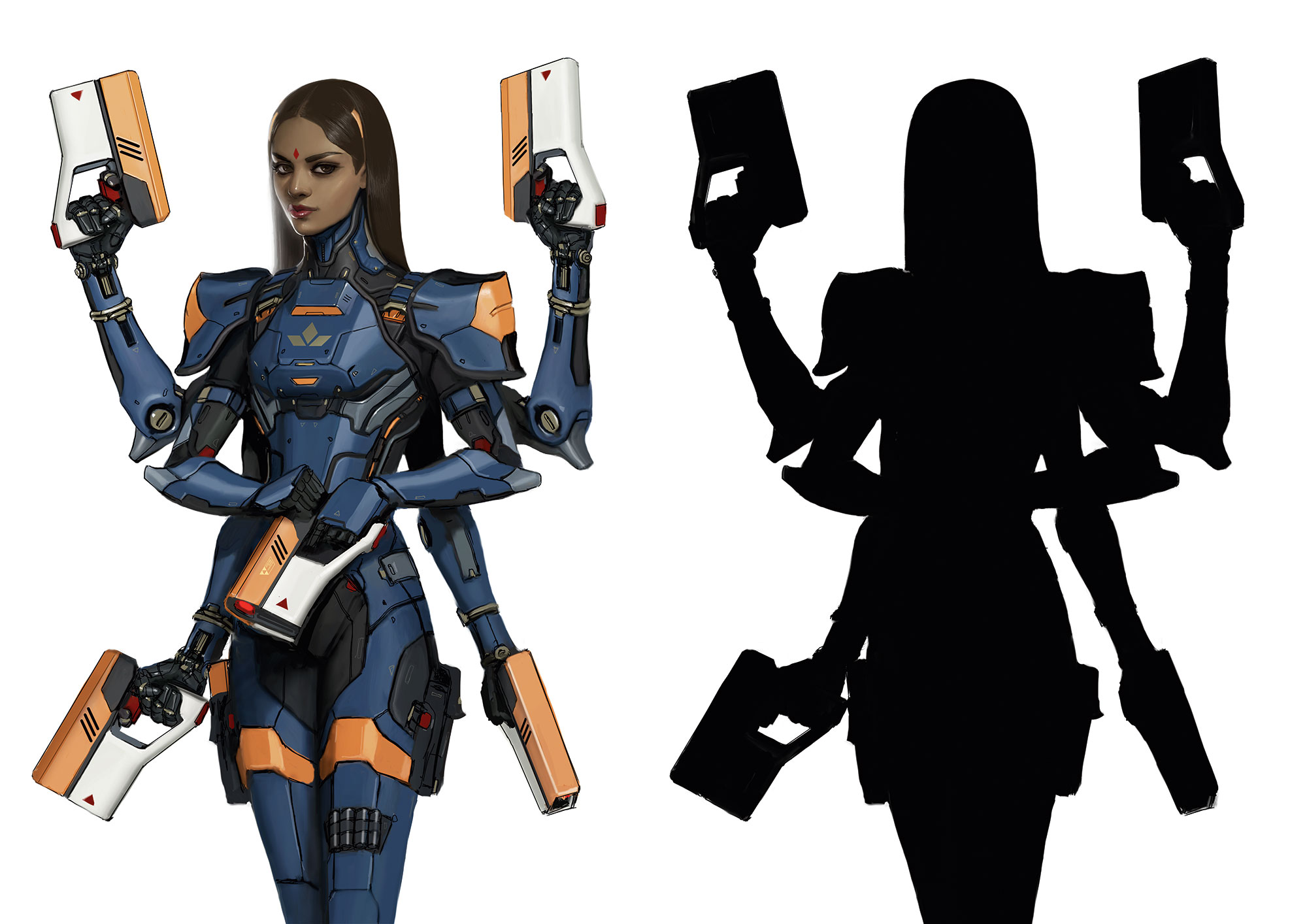
Think about Batman or Mickey Mouse: their silhouettes are instantly recognisable, as are those of most famous characters. It’s a difficult trick to pull off because there are already so many standout characters in popular media. Think about how you can adjust proportions, clothes, hairstyles, props and so on. When you’ve finished, turn your character into a silhouette and check your work. For some designers, this is just the first step of their creative process.
06. Inject some unique personality
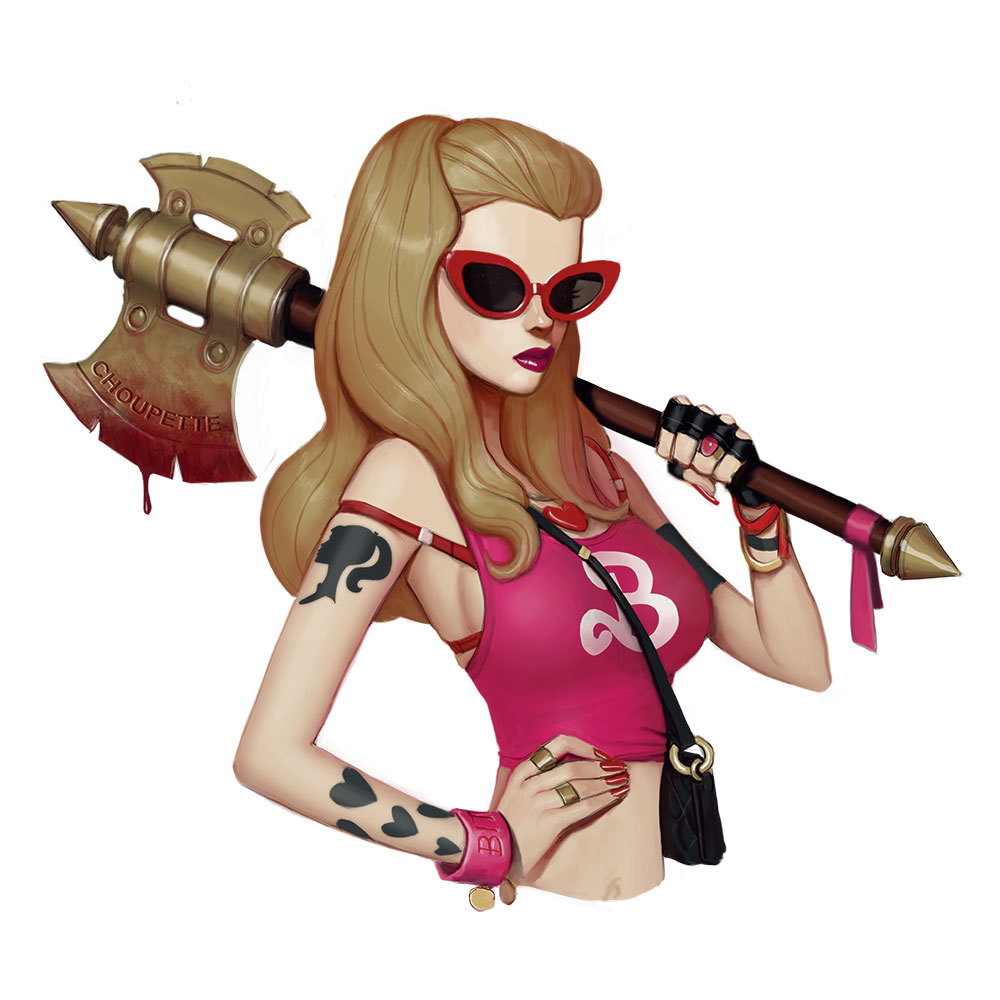
I find it impossible to create a character without thinking about their personality – it would be like drawing a blank face. Sometimes a project won’t hire writers and nobody will give you a biography. And even if a few background details are given, they may not be enough to help you with your task. So try to fill in the blanks and imagine your character’s life, how they think and their attitude to the world. This is probably the most important concept to grasp when designing a character.
For most – but not all – commissions, you’ll be asked to create a unique character. You’ll have to find a way to make your character unforgettable. It’s even more important than the quality of your design. Most iconic designs are very simple. You don’t need to put details everywhere. Instead, find a key element that will make your design stand out. An eye-patch, a crazy hair style, a flamboyant cape... whatever you want. It’s sometimes just a small detail, but it’s always something unusual.
07. Use simple shapes and poses
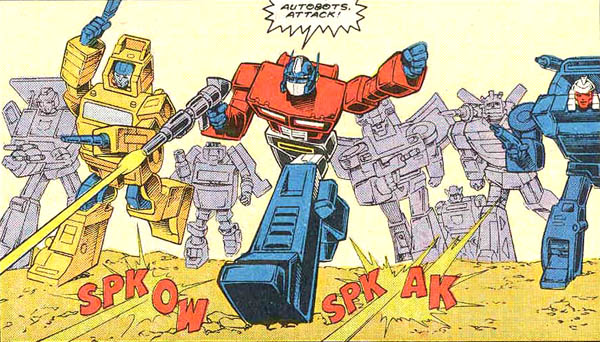
Shapes are one of the most important part of character design. Once again, keep things simple. If everything’s too noisy, it’s going to be difficult to visually read and understand. Consider characters who you actually remember. I’m sure if you think about Optimus Prime, his original design springs to mind, and not the one from the films. Why? Because the shapes are simple and you can remember them.
We don’t usually employ complex poses during production design. The classic T-pose is usually enough in most cases for 2D or 3D animation, and even video games. Bear in mind that you won’t be the only person working on this character. Make everything clear for other professionals in the pipeline by including reference materials, indicators of scale... essentially, anything that 3D artists or animators will find useful. On the other hand, you sometimes have to sell your concept to people who know nothing about character design. In this case, you’ll also need to put your character in a pose that clearly shows off their personality or attitude.
08. Maintain contrast and limit your colours
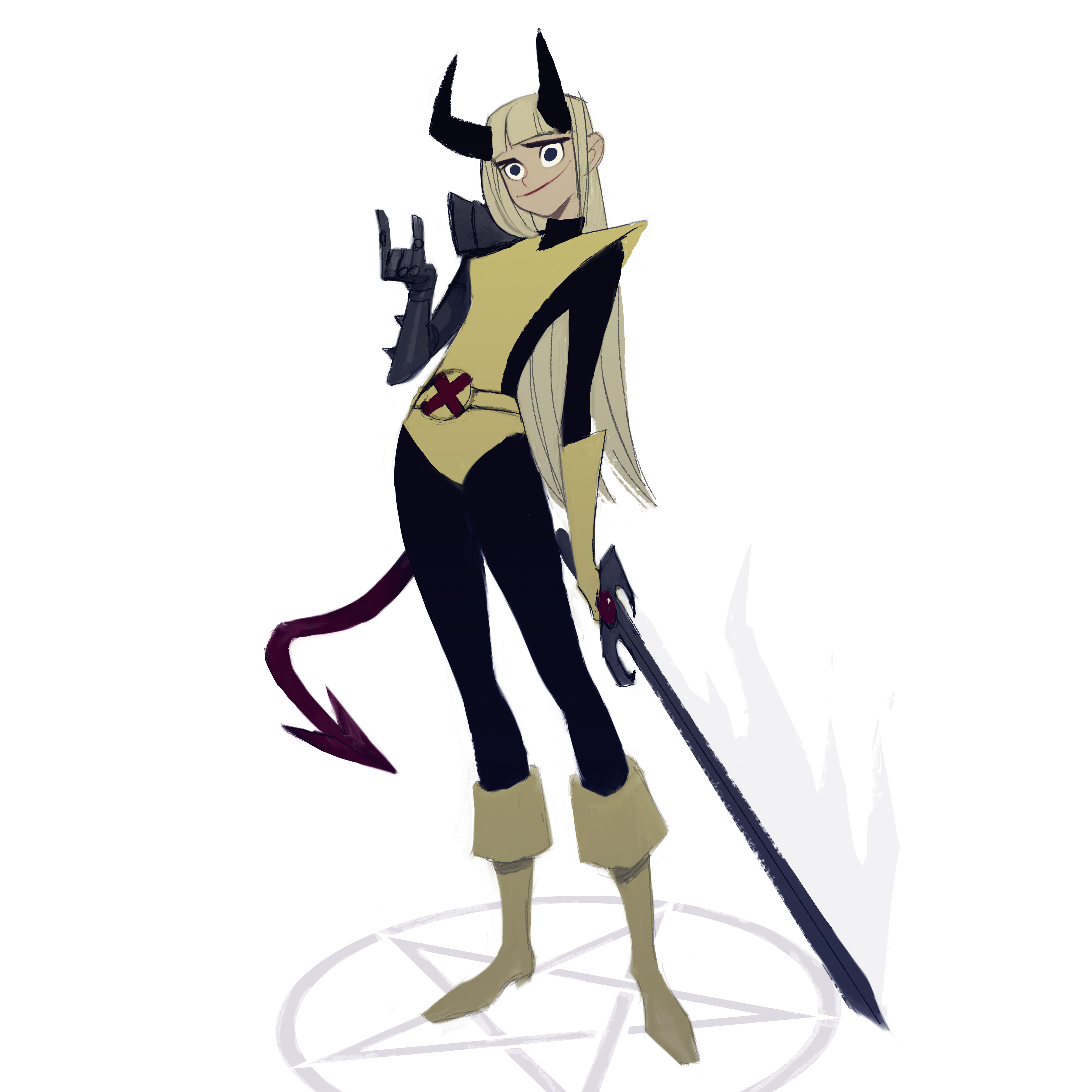
Characters with contrast are important, especially in video games. For readability purposes your character has to be contrasted enough in every situation. With games that utilise realistic illumination, the lighting can change significantly from one scene to the other. If the character’s design is overly dark, it becomes impossible to see them in a dimly lit room, for example. You have to think about this for video game design because it can ruin the gaming experience. The same can apply for films or animation.
Try redesigning the costumes of classic Marvel or DC comic characters, who wear the same basic spandex suit with different colours. It’s a surprisingly difficult exercise, so take your time. Two or three colours might be enough. Once again, a simple approach is usually the best.
09. Move from 2D to 3D
Depending on the nature of the commission, your design may not be the final version. For a 3D product, another artist will be finalising your character’s look. You need to make everything clear for them, because they’ll be spending weeks or even months working on the 3D model.
As well as producing a strong 2D character with a range of supporting materials, why not learn the basics of a 3D program such as ZBrush (see our tips for mastering ZBrush). This will enable you to produce some 3D shapes that will assist the modeller. I know some talented 2D character designer are also 3D modellers. This crossover of skills is a growing industry trend.
10. Remember: it’s not an illustration

Character design is more about visualising ideas than demonstrating your drawing or painting skills. Some of the best character designers could come off as pretty mediocre artists. But it doesn’t matter because they’re constantly creative in others ways and that’s much more important. And remember that creating cool designs while following a strict brief is harder than it looks. It’s easy to show off artistically with plenty of lines and unlimited colours. But it takes a mastery of the subject to achieve something great through simplicity.
11. Ask yourself: Do I like it?
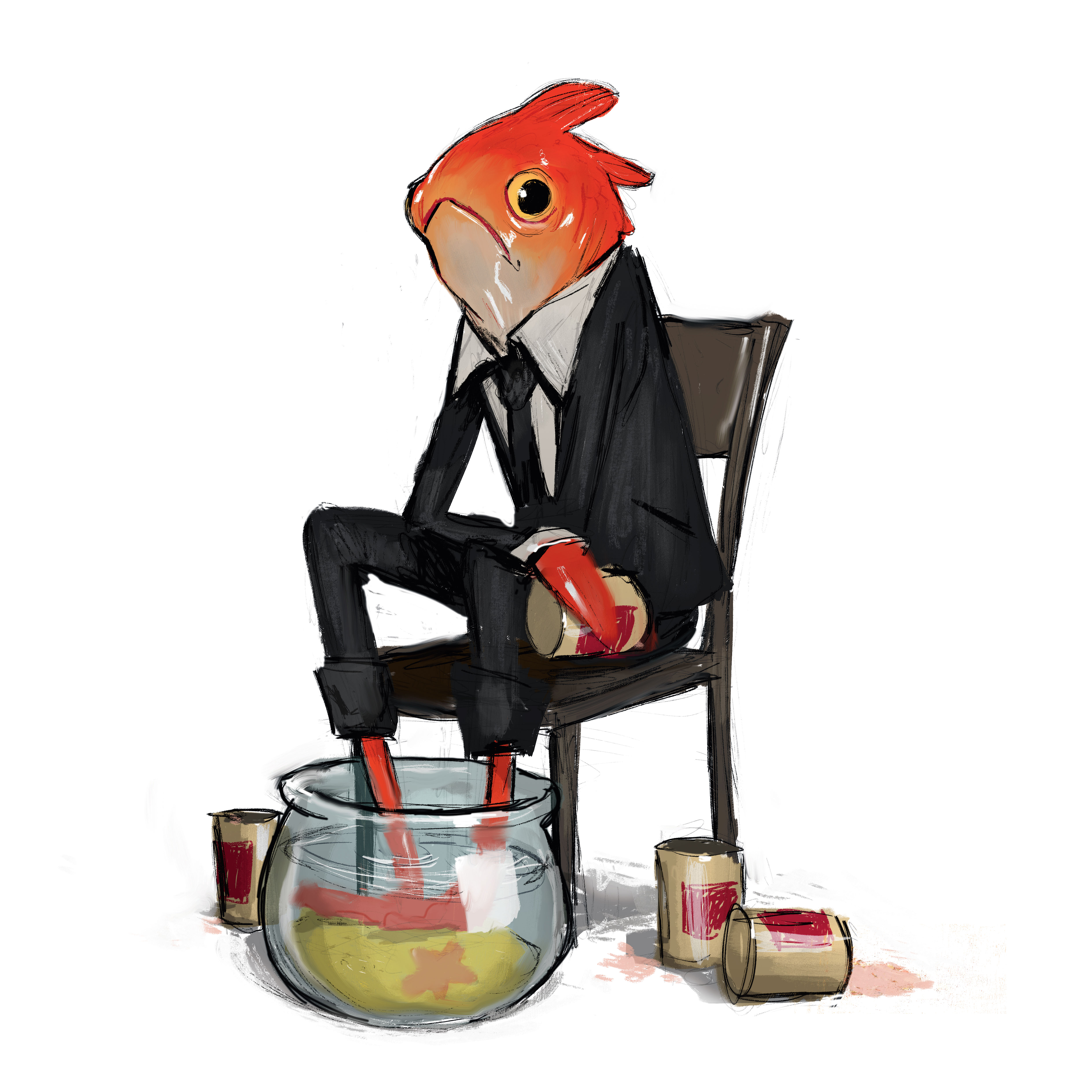
Actually, you should ask yourself: Did I do the best I could with what I had? It’s the only question that matters in the end. Like everything else, it’s more about compromises than anything else. Considering that you had to deal with producers, art direction, deadlines, budgets and so on, did you do your best? We’re rarely totally satisfied with what we do in our career. So don’t be too hard on yourself unless it’s a personal project, when you have to be!
This article was originally published in issue 177 of ImagineFX, the world's best-selling magazine for digital artists. Buy issue 177 or subscribe to ImagineFX.
Read more:

Thank you for reading 5 articles this month* Join now for unlimited access
Enjoy your first month for just £1 / $1 / €1
*Read 5 free articles per month without a subscription

Join now for unlimited access
Try first month for just £1 / $1 / €1
